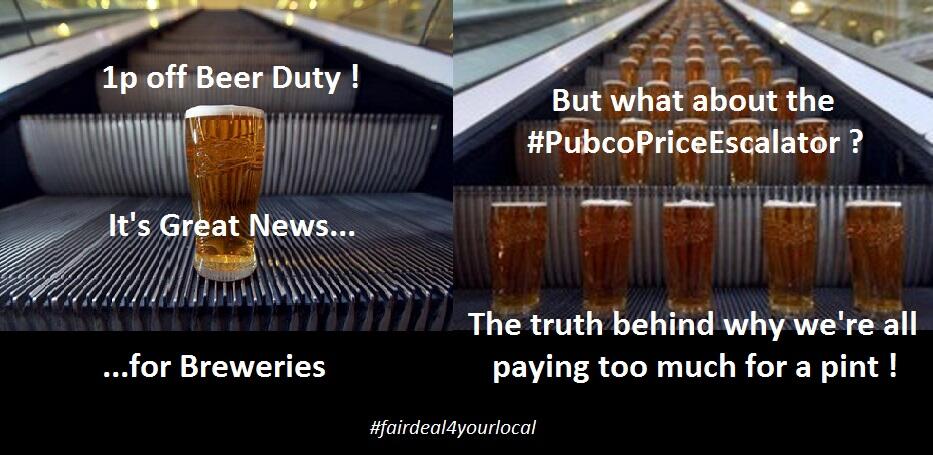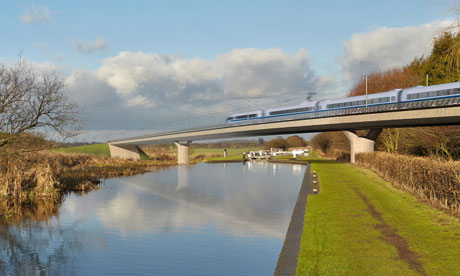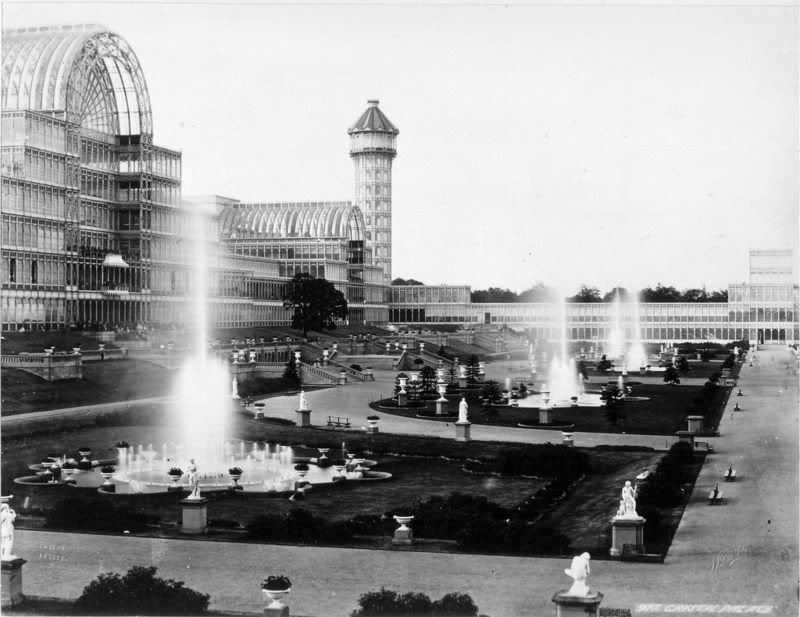*This is really just an update on the previous entry.
Several London Assembly members have tabled a series of questions to Mayor Boris Johnson about the proposed £500million redevelopment plan for Crystal Palace Park and today I received all of the answers.
Readers will notice a disappointing number of responses are simply 'Officers are drafting a response which will be sent shortly'.
The questions, from Green member Darren Johnson and abour's Val Shawcross and Fiona Twycross, range from issues over the London Plan to the failings of the consultation process, which Boris now believes have mainly been resolved.
The highlights are below, responses in italics. (If anyone wants the full responses, contact me on Twitter and I'll respond)
Darren Johnson
Further Alterations to the London Plan
You are proposing to designate Crystal Palace as a Strategic Outer London Development Centre. Is this in relation to the proposal to build on the top site?
Officers are drafting a response which will be sent shortly.
You are proposing to designate Crystal Palace as a Strategic Outer London Development Centre. Does this encompass (a) the park, (b) the National Sports Centre, (c) the Crystal Palace "town centre" and (d) other neighbouring town centres such as Penge?
Officers are drafting a response which will be sent shortly.
You are proposing to designate Crystal Palace as a Strategic Outer London Development Centre. Is this area identified for exogenous growth, to create new significant growth opportunities, or endogenous, to enhance existing growth trends?
Officers are drafting a response which will be sent shortly.
Val Shawcross
Crystal Palace Park - MOU
Please publish the Memorandum of Understanding signed by the GLA, LB Bromley and ZRG in March 2013 concerning the development on the top site of Crystal Palace Park.
This will be made available on the Bromley Council website.
Crystal Palace Park. Transport impact
When is it planned to undertake a transport impact assessment on the proposal to redevelop the top site on Crystal Place Park? How many car journeys would be generated by the Crystal Palace Park Development each day if the development were to go ahead?
I acknowledge this is a priority for local people having listened to feedback from the consultation sessions.
The consultant team will identify transport issues raised by the scheme early on and have already begun initial discussions with TfL and Tramlink. A Transport Assessment will be prepared alongside all the planning application documents after an architect has been appointed in Summer 2014. It will rely on detailed information on uses and activities within the building and therefore it will evolve as the proposals develop.
The new Crystal Palace should not have unacceptable impacts on the transport network and the potential impact on both the local highway network and the public transport network will be a key consideration throughout the design process.
Crystal Palace Park - Overseas Government Investment
Are you concerned that LB Bromley are allegedly proposing to let a large part of Crystal Palace Park's public Metropolitan Open Lane to an overseas private developer for 125 years? What scrutiny and public oversight will be in place to ensure the interests of the local community and public access to the park is protected for the entire length of this proposed lease period?
Crystal Palace Park is owned by the London Borough of Bromley and therefore the details of any land transaction related to the park is a matter for Bromley. Any impact on Metropolitan Open Land will be fully and carefully considered in detail as part of the planning process.
Crystal Palace Park - Potential Uses of Development
What commercial usages are being considered for the buildings at Crystal Palace Park top site? How are potential conflicts between what is planned and the planning restrictions currently imposed on this land going to be resolved?
It is very early days in the process, but suggested commercial uses could include a hotel and conference facilities, studios, galleries and other commercial space. These will be subject to a full, detailed planning process.
Fiona Twycross
Crystal Palace Park
Have you read the results of the first questionnaire carried out by Arup at its consultation event? They are available on the London Crystal Palace website and show a majority favouring a museum, art gallery or visitor attraction rather than hotels and retail. What do you think of the findings of this initial consultation meeting?
Yes, I have read the results, and am extremely encouraged that people are engaging so actively with the ongoing consultation process. I’m keen to see something that balances public appeal, facilities and attractions with the need to ensure the ongoing commercial sustainability of the building, and my officers are working closely with Bromley and Arup to ensure this is the case. I assure you that we want to attract and deliver in Crystal Palace a cultural attraction that will be of national significance and add to and not compete with London’s existing cultural offer.
Despite your own personal enthusiasm for the plans to build of a replica of Crystal Palace in Crystal Palace Park the findings of the consultation show respondents top three priorities were restoring the park, attracting locals and protecting heritage. Will you listen to these views even if they are different to your own stated view?
There is no reason why the views of local constituents and the aims for the renovated park should be being mutually exclusive. Restoring the park, attracting locals and protecting heritage are three of our long-stated goals for this project. However, the cost of renovating the park is rising and currently estimated to be £80 million. Therefore, significant investment needs to be generated to deliver the priorities of the public, and the findings of the consultation process, and we will keep this in mind as developments continue to progress.
Are you aware of concerns raised about the initial consultation meeting about Crystal Palace Park in December, and what is your office's involvement in the consultation process?
I am aware of the concerns that were raised. A team from Arup is leading on engagement activity on behalf of the developer and is being supported by my officers. I understand that the second consultation meeting on 1st February addressed many of the concerns around communication and presentation.
Approximately 350 people attended this meeting, with around 320 copies of the questionnaire completed online and on the day. There was representation from my officers at the event, as there will be at the next event on 1st March.









